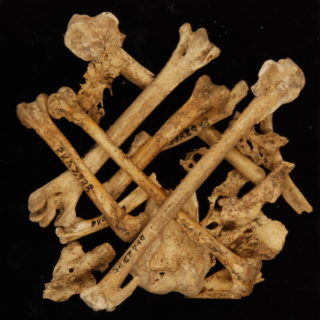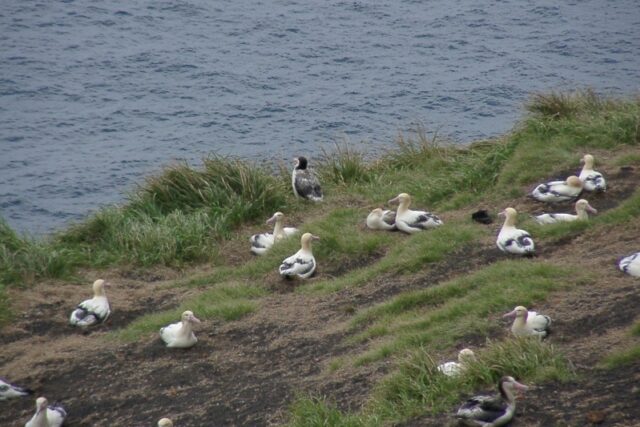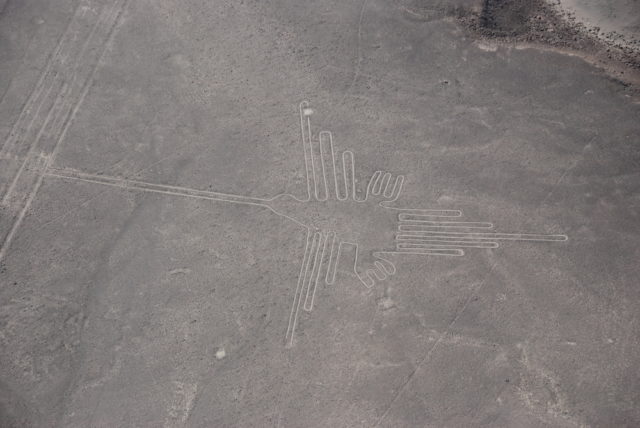Profile

- Research Subject
I am interested in the archaeology of animals, especially birds. Faunal remains in archaeological sites, especially bones, are useful for deducing past human activities (zooarchaeological view). At the same time, these remains come from animals in the past and are useful for reconstructing ancient animal ecology (archaeozoological view).
- Research Fields
- Zooarchaeology, archaeo-ornithology
- Graduate School - Division / Department / Laboratory
- Division of Humanities / Department of History / Laboratory of Archaeology
- Contact
Email: edamsk(at)museum.hokudai.ac.jp
Replace “(at)” with “@” when sending email.Foreign exchange students who want to be research students (including Japanese residents) should apply for the designated period in accordance with the “Research Student Application Guidelines”. Even if you send an email directly to the staff, there is no reply.- Related Links
Lab.letters


Humans lived alongside birds:
Listening to quiet bones to deduce past human activities
Zooarchaeology is a discipline by which you examine lifestyles of people in the past from animal bones. I focus my research on birds. For instance, if bones from a female Copper Pheasant (Syrmaticus soemmerringii), including medullary bone (a secondary bony tissue temporarily formed in medullary cavity during a few weeks before and after laying eggs) are discovered in assemblages, you can consider a hypothesis that the people who lived there might catch Copper Pheasants incubating eggs as well as consume their eggs. Using clues from animal bones to logically clarify questions that cannot be unravelled with the studies on pottery and stoneware alone is the greatest excitement when one is engaged in research on animal bones. I am the only researcher specializing in Aves in Japan. Therefore, I receive a number of avian bones excavated from archaeological sites of all ages in Japan and overseas, striving to identify individual cases.

Seek out a theme in which you can immerse yourself,
formulating brilliant deductions to support your own theory
Archaeology, by which you deduce the past based on “remains” excavated from archaeological sites, is not a type of disciplines in which you can jump to a conclusion immediately. First, allow your imagination to run wild, then develop a hypothesis and gradually collect evidence to support your theory. This process requires deductive powers like those exhibited by great detectives in movies or novels. Your imagination will enable you to maintain a high level of motivation. Take the time to observe and analyze bones from various angles and discover a theme to which you can devote yourself. Hokkaido University has a general museum showcasing various specimens of vertebrates. Hokkaido provides an ideal opportunity to excavate various well preserved animal bones. Let’s work together to play a central role in promoting zooarchaeology based in Hokkaido.
Message
Archaeology is the study of reconstructing the lives of human beings in the past from materials excavated from archaeological sites. Among materials unearthed from archaeological sites, I focus my research on faunal remains, especially the bones of bird.
My motto is “Do not hesitate to do anything to attain your purpose.” I mean this in a positive sense, of course. In addition to the observation of bone morphologies, I analyze them using various methods: geometric morphometry such as the thin-plate spline method as well as scientific techniques including histological analysis, ancient DNA analysis and collagen peptide analysis. The phenomena that can be seen with each approach are different. By leveraging the merits of individual methods and compensating for demerits with each other, more detailed human activities can be reconstructed.
Analyzing bones excavated from archaeological sites is also useful in reconstructing the past of animals. In fact, our analyses of zooarchaeological remains have revealed that the Short-tailed Albatross, a vulnerable largest seabird species in the North Pacific, consists of two cryptic species. I believe this knowledge can significantly contribute to conservation of the species.
Zooarchaeological remains have tremendous potential for contributing to archaeology and zoology. Why not explore the world of faunal remains excavated from archaeological sites—the fascinating world of acquiring two birds with one stone.



